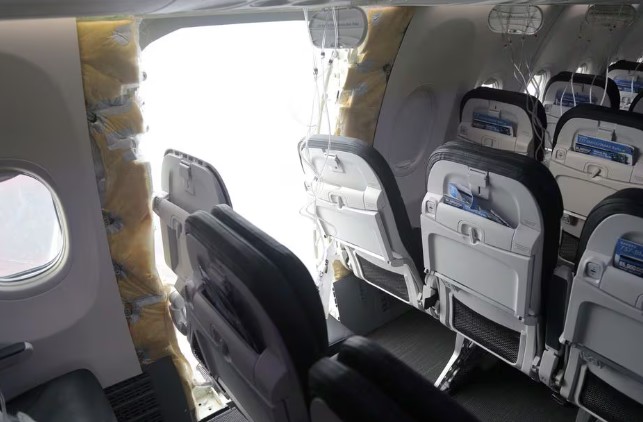
The 737 MAX crisis, precipitated by two fatal crashes that claimed the lives of hundreds, exposed systematic failures in Boeing’s design, manufacturing, and regulatory oversight process. In the wake of these tragedies, questions swirled about the extent of Boeing’s transparency and cooperation with investigators probing the root causes of the accidents.
The NTSB, tasked with investigating transportation accidents and making safety recommendations, plays a crucial role in unraveling the complexities of aviation disasters. However, its efforts were hampered by Boeing’s perceived lack of transparency, prompting criticism from the NTSB chair regarding the company’s level of cooperation.
In response to mounting pressure, Boeing made the unprecedented move of disclosing the names of employees involved in the development and certification of the 737 MAX aircraft. This act of transparency, while significant, raises broader questions about accountability and corporate culture within the aviation industry.
Boeing’s decision to disclose the names of 737 MAX employees represents a step towards greater transparency and accountability in the aviation industry. However, the broader implications of this move underscore the need for a comprehensive approach to addressing systematic issues and fostering a culture of safety and integrity within aircraft manufacturing and regulatory oversight. As investigations into the 737 MAX crisis continue, stakeholders must remain vigilant in holding all parties accountable and implementing reforms to prevent simialr tragedies in the future.
